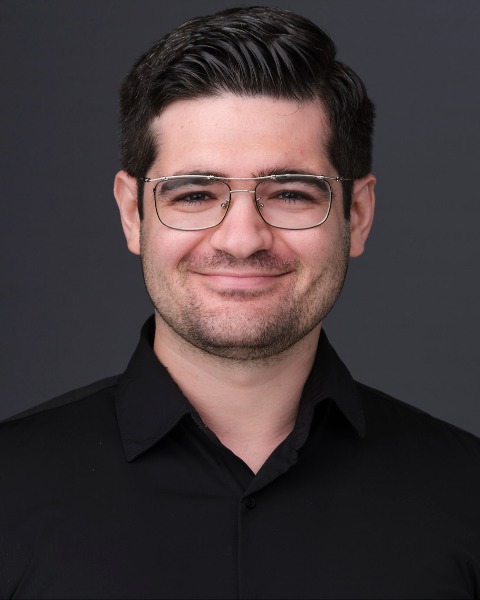2025 AOCS Posters
Processing
Selective wax fractionation from a bioethanol side-stream via supercritical carbon dioxide: a machine learning-advised functional data analysis approach

Arda Tuhanioglu, MS (he/him/his)
Graduate Research Assistant / PhD Candidate
University of Arkansas
Fayetteville, AR, United States- AU
Ali Ubeyitogullari, PhD (he/him/his)
Assistant Professor
University of Arkansas
Fayetteville, Arkansas, United States
Presenting Author(s)
Co-Author(s)
The U.S. bioethanol industry, driven by corn and sorghum cultivation, generates significant wax-rich side-streams during ethanol production. These byproducts, commonly known as bioethanol side-stream lipids or lipid slurry (LS), represent an untapped resource for high-value compounds. In 2023, over 2 million tons of LS were produced. However, the recovery of these valuable components remains underutilized due to challenges, such as the presence of lipids with similar solubilities, clogging issues in membrane filtration, and reliance on toxic solvents. This study explores the use of supercritical carbon dioxide (SC-CO₂) as a green and selective technology to fractionate LS, enabling the efficient fractionation of high-melting-point waxes.
A three-factor response surface design was used to optimize SC-CO2 conditions (pressure: 8-40 MPa, temperature: 35-75 °C, and time: 2-6 hours) for selective wax separation. The melting profiles of the waxes were determined by DSC. The DSC curves were modeled via functional principal component analysis (FPCA) to match the melting patterns of the commercial waxes. Also, a machine-learning algorithm, XGBoost (XGB), was trained to forecast wax melting profiles.
The FPCA demonstrated that a carnauba wax substitute was generated by subjecting the LS to 40 MPa, 75 °C for 6 hours of treatment. An alternative to beeswax was developed under the same pressure and duration but at a temperature of 55 °C. Furthermore, the XGB demonstrated strong performance metrics (e.g., R2 = 0.99) in testing data. Consequently, the final XGB-advised FPCA model was capable of accurately predicting the melting patterns of the waxes.
This study demonstrated that combining FPCA with the XGB algorithm effectively estimated the DSC patterns of the waxes purified from LS by SC-CO2. This approach aims to improve the use of byproducts from bioethanol production in generating sustainable waxes and enhancing the sustainability and economic viability of biofuel production.

.png)